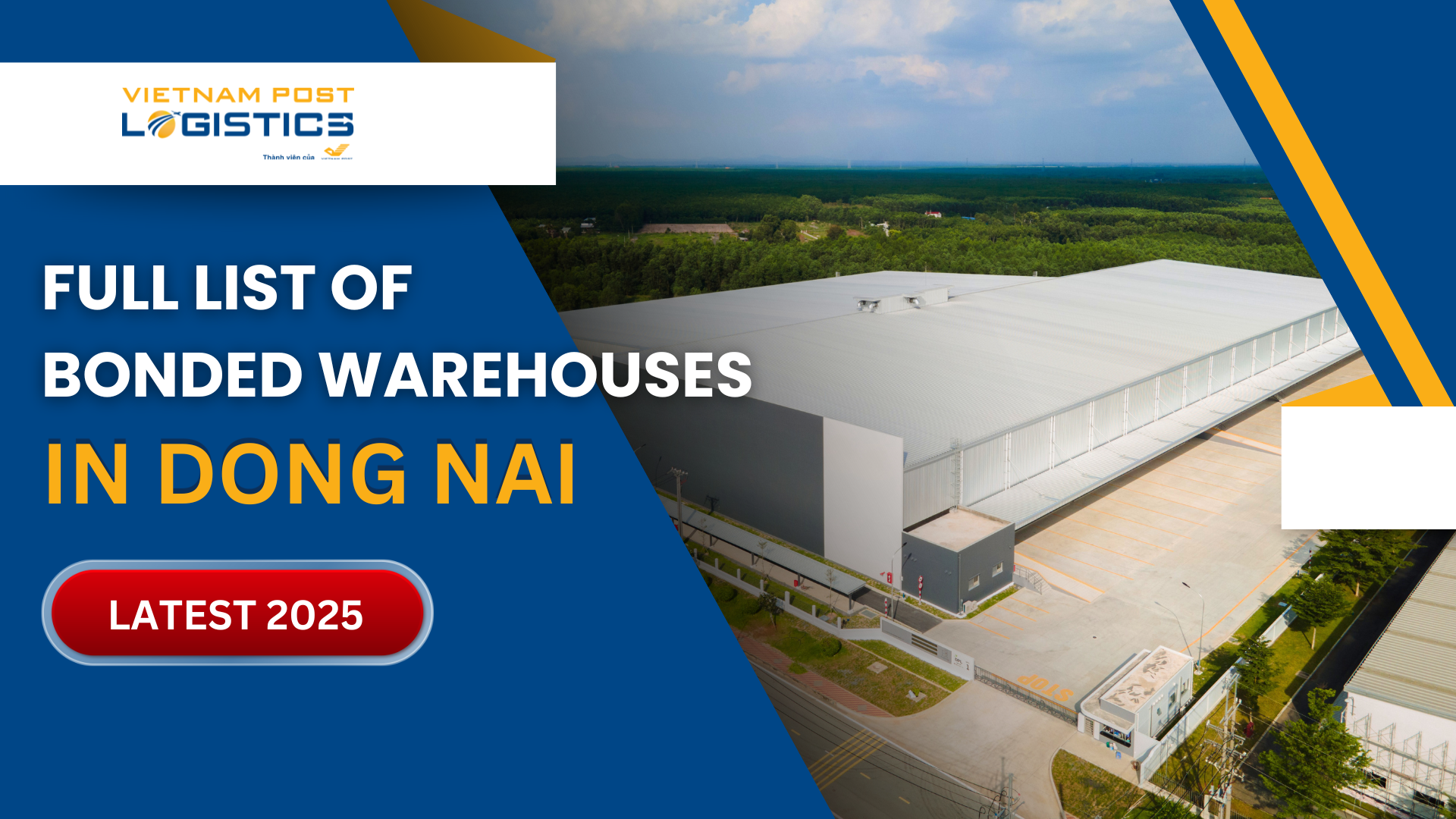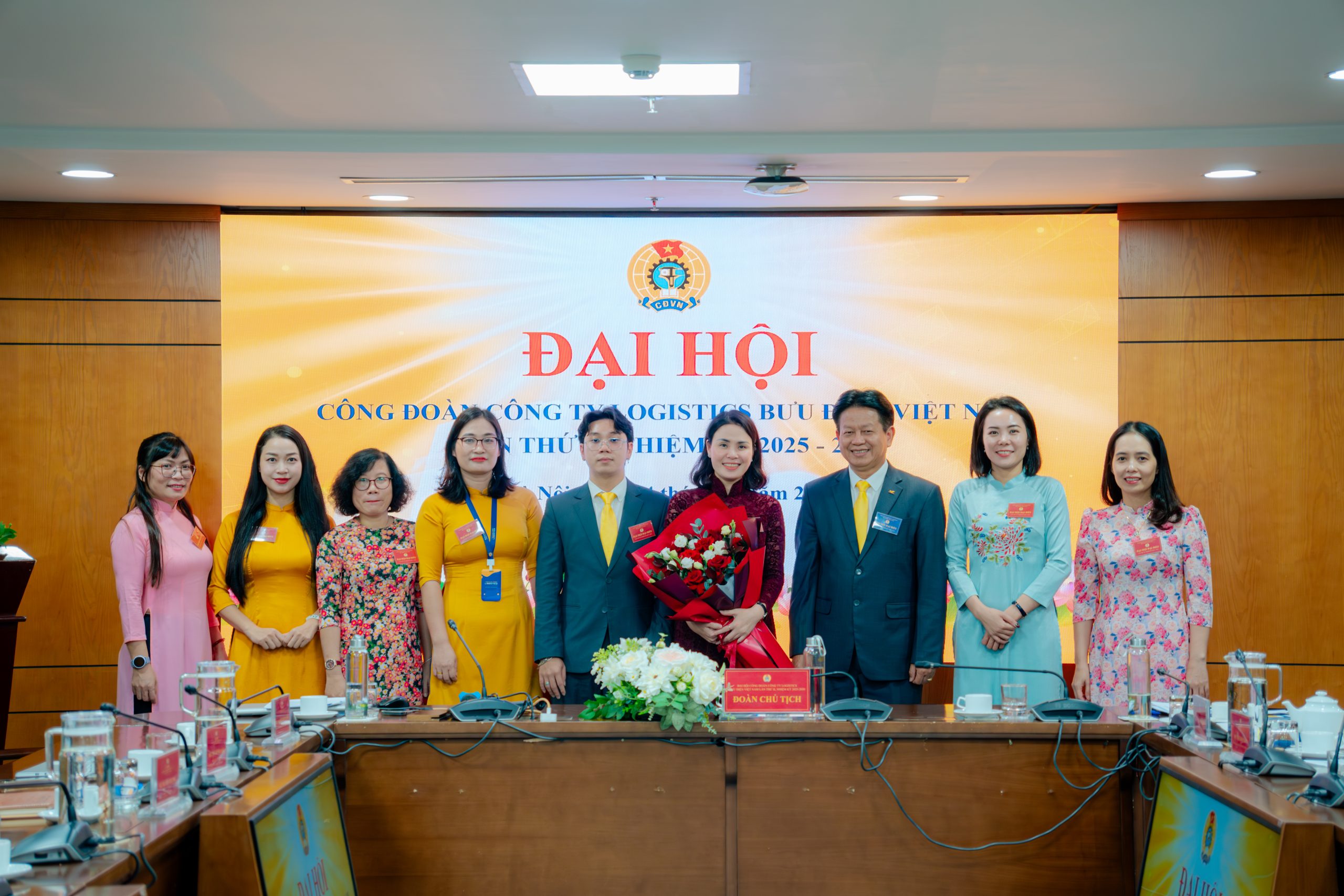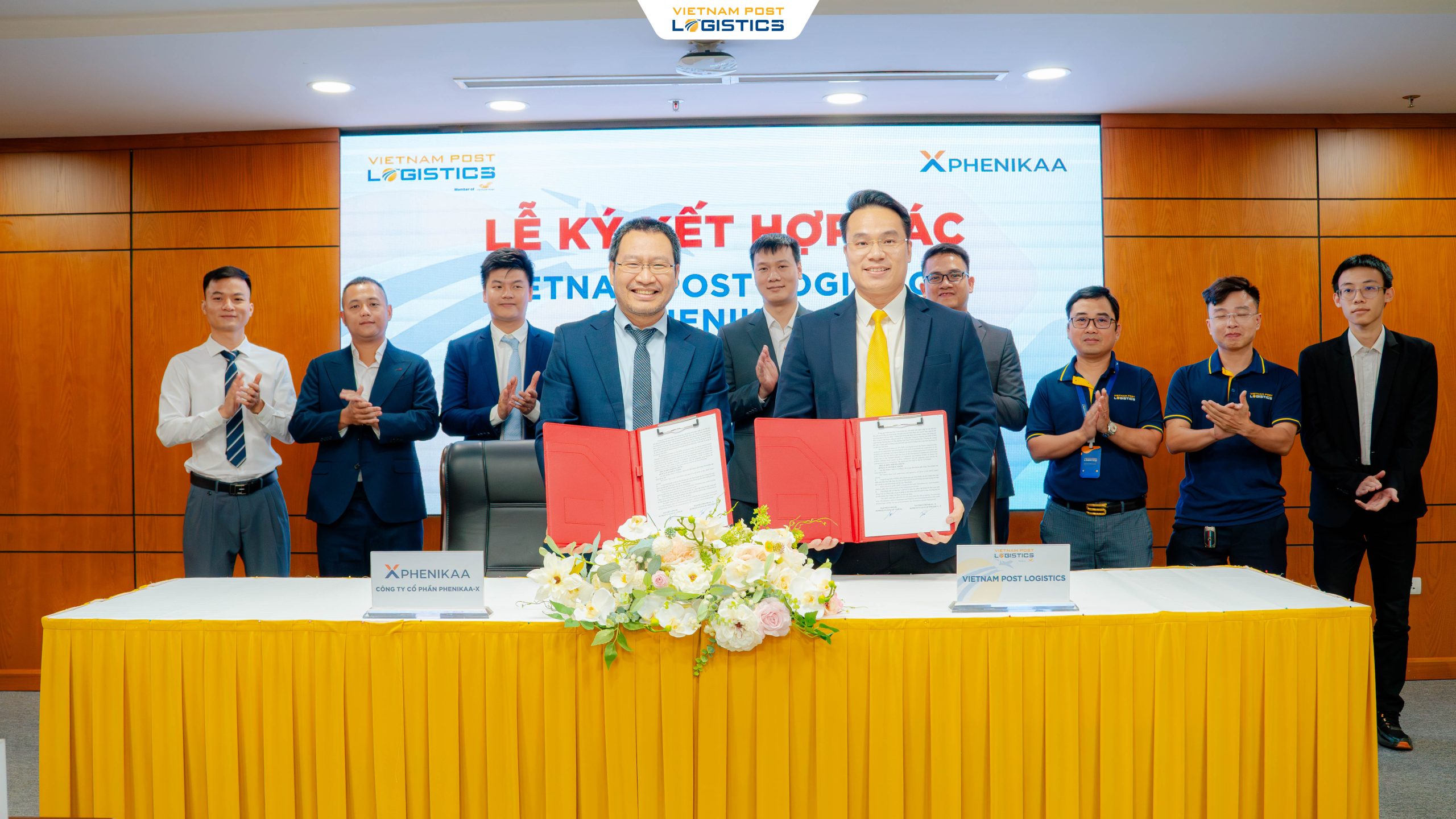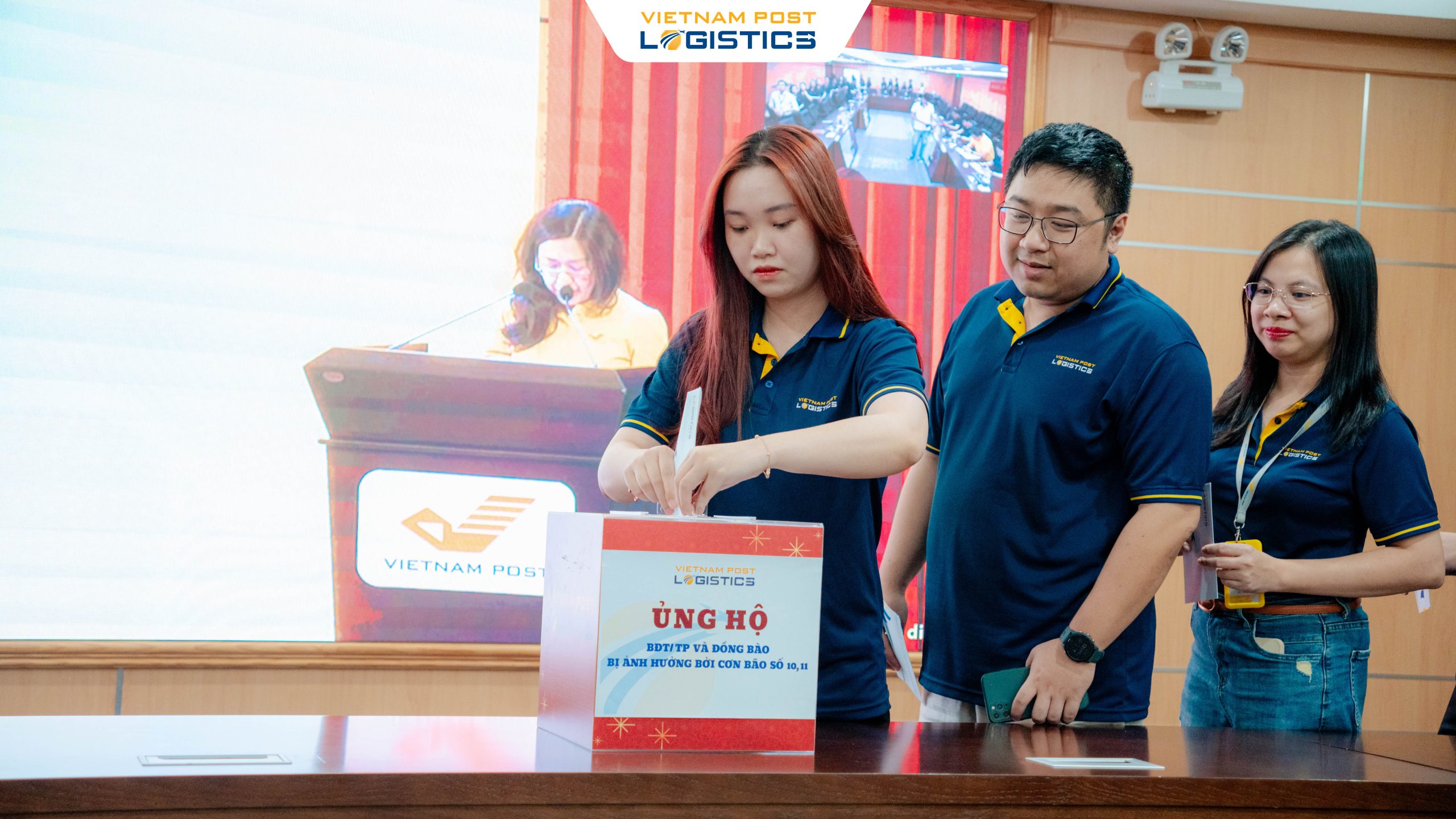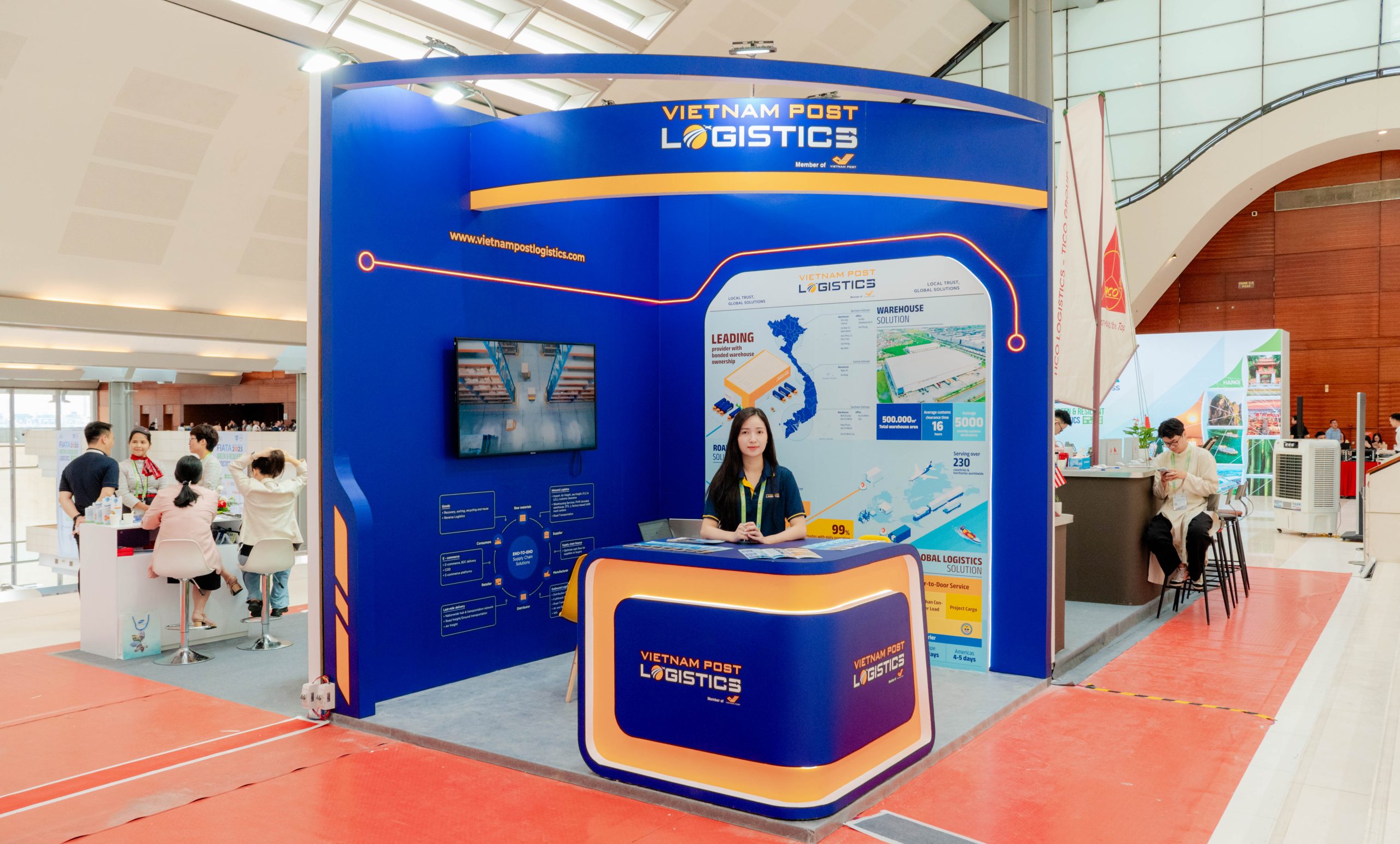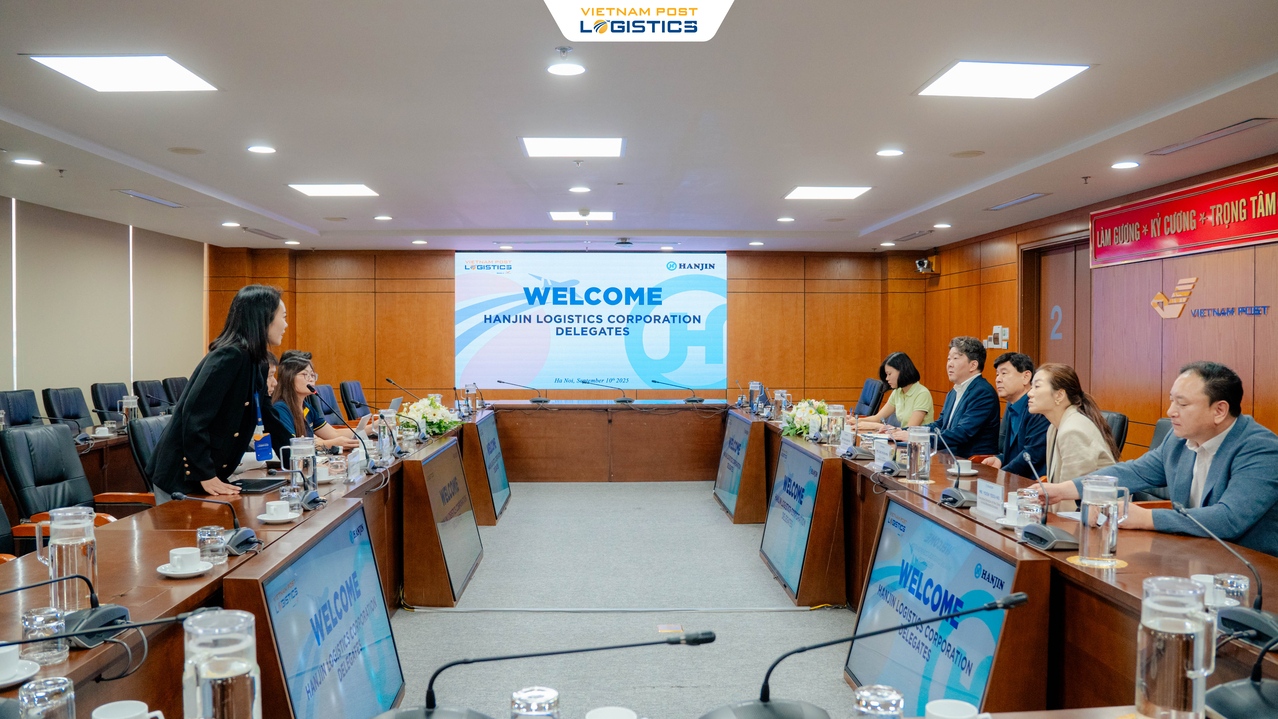
Compare 3 Fulfillment Models: Self-Operate, Hire 3PL & Dropshipping
 Vietnam Post Logistics
Vietnam Post Logistics
 20 June, 2025
20 June, 2025
 5 phút đọc
5 phút đọc
In e-commerce, fulfillment is the process of completing an order from the moment the customer places it until it is received, playing a vital role in creating a positive customer experience, maintaining profits, and scaling the business. However, not all businesses choose the same operating model. The three most popular models today are: Self-operated, Third-party outsourcing (3PL), and Dropshipping.
So, which model is most suitable for your business? Let’s find out and compare in detail with Vietnam Post Logistics in this article.

In-house Fulfillment
In-house fulfillment means that the business proactively builds and controls the entire logistics chain, from warehousing and inventory management to order processing, packaging, and transportation. All are performed by the business’s own personnel and infrastructure.
Advantages:
- Full control: The business owns every step, from processing speed to packaging standards. This is especially important for high-end brands that need to control their image or products with specific preservation requirements.
- Flexible & customizable: Easily adjust the packaging process, including gifts, promotions, or branding (flyers, branded packaging, etc.) without going through a third party.
- Directly receive customer feedback: Because there is no intermediary, the business can quickly grasp errors arising in the order processing stage to improve the service.
Disadvantages:
- High initial investment costs: Need to rent or build a warehouse, buy equipment (shelves, warehouse management software – WMS, conveyor belts, barcode systems …), train staff, and set up processes.
- Difficult to scale: When the number of orders increases rapidly (big sales, peak season), the system can easily be overloaded if there is no timely expansion plan.
- Requires deep expertise: Fulfillment is a complex field – if the business does not have a professional logistics team, the risk of operation, loss, wrong orders … will be very high.
Tiki is a typical example: they invested heavily in internal fulfillment to deploy a 2-hour delivery service (TikiNOW). Controlling the entire chain helps Tiki optimize the customer experience.
Fulfillment Partner Hiring Model (3PL – Third-Party Logistics)
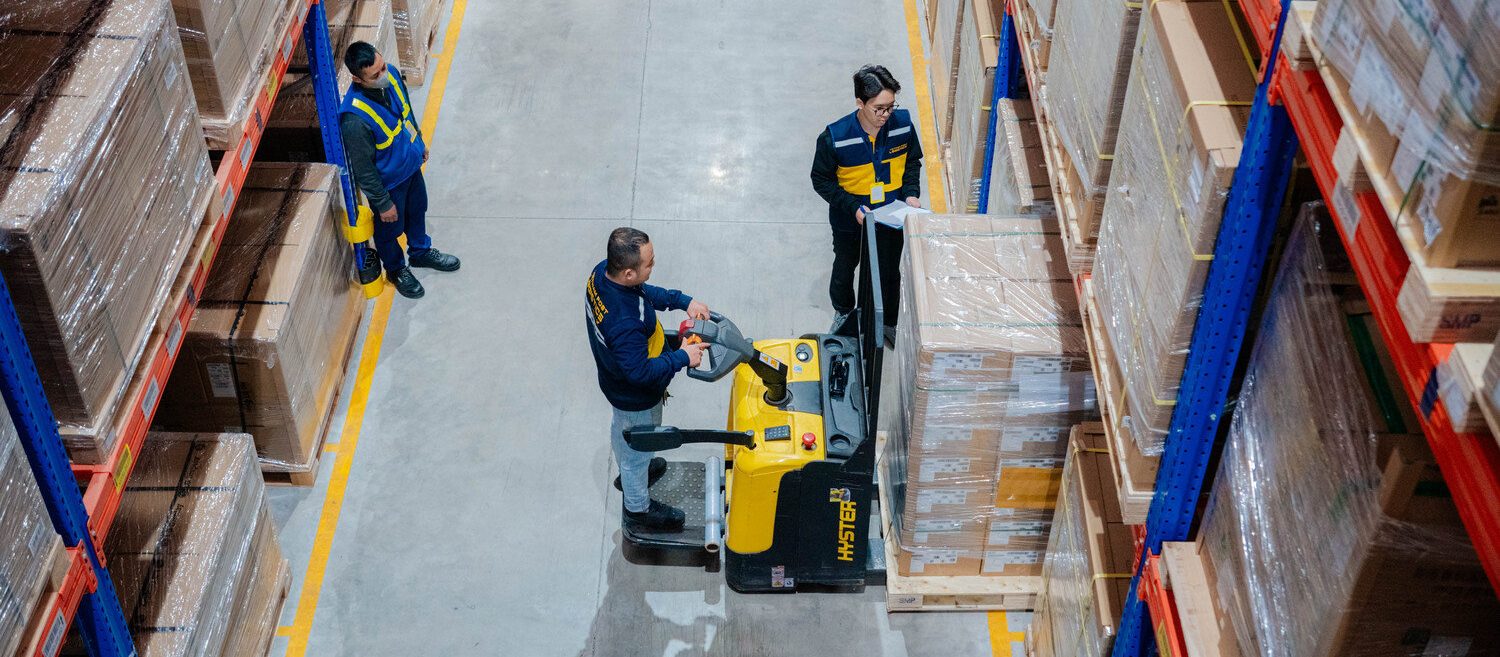
3PL stands for “Third-Party Logistics” – meaning that a business hires a logistics partner to handle activities such as warehousing, inventory management, packaging, order processing, and shipping. Businesses only need to focus on sales, marketing, and customer care.
Typical 3PLs in Vietnam: Vietnam Post Logistics, GHN Fulfillment, Boxme, Scommerce, Ship60, Haravan Logistics…
Advantages:
- Save operating costs: No need to invest in warehouses, recruit logistics staff, or build a management software system.
- Flexible scalability: Pay-as-you-go service – rent flexible warehouse square meters, charge for as many orders as you process, suitable for businesses with uneven or seasonal growth.
- Optimize operations: 3PL units have WMS, OMS systems integrated with e-commerce platforms (Shopee, Tiki, Lazada …) and support domestic shipping. This helps minimize errors and save time.
- Wide-ranging warehouse system: Large 3PLs have many regional warehouses in Hanoi, Ho Chi Minh City, Da Nang, and Can Tho, helping to optimize delivery routes and reduce delivery time.
Disadvantages:
- Dependent on partner quality: If you choose the wrong 3PL (late delivery, wrong order processing, poor customer care), your business brand will be seriously affected.
- Lack of personalization flexibility: Some fulfillment units do not allow for customization of packaging, gift cards, or individual labels for each order.
- Increased costs if orders are large: When sales increase sharply, 3PL order processing costs can be higher than the self-operated model.
Many Vietnamese fashion brands such as Gumac, Routine, and Coolmate use the 3PL model to speed up nationwide order processing, especially during the sale season (8.8, 9.9…). They still keep their internal marketing team, but all logistics are handled by a third party.
Dropshipping Model
Dropshipping là mô hình trong đó người bán không cần nhập hàng, không lưu kho, không xử lý đơn hàng. Khi có đơn, người bán chuyển thông tin cho nhà cung cấp – họ sẽ tự đóng gói và gửi hàng đến tận tay khách hàng.
Người bán chỉ đóng vai trò trung gian – lo phần marketing, chốt đơn và chăm sóc khách hàng.
Advantages:
- No need for capital to import goods: Sellers only “borrow product images” from suppliers to run advertisements. When there is an order, they pay for the import.
- No need to operate a warehouse: No warehouse rental costs, no worries about inventory, loss, or complicated management.
- Easy to start a business: Suitable for those who are new to e-commerce or those who work part-time.
Many individuals in Vietnam use dropshipping through platforms such as AliExpress, Shopify + Oberlo, CJdropshipping… to import products from China and run Facebook ads to sell in the Vietnamese or international market.
However, recently, many people have turned to Print-on-demand – a variation of dropshipping – with products such as T-shirts, ceramic mugs, and tote bags printed with their designs.
Detailed Comparison of Fulfillment Models
| Criteria | In-house Fulfillment | 3PL Fulfillment | Dropshipping |
|---|---|---|---|
| Initial Investment Cost | High | Medium | Very low |
| Operating Cost | High | Flexible based on usage | Nearly zero |
| Order Processing Time | Flexible, fully controlled | Fast (if the right partner is chosen) | Dependent on the supplier |
| Quality Control | Very high | Medium to high (if SLA is enforced) | Low (dependent on supplier) |
| Scalability | Slow and costly | Scalable quickly with existing infrastructure | Fast but hard to ensure quality |
| Order Personalization | High | Possible upon request | Rarely available |
| Branding Capability | High | Medium – depends on partner | Very low |
What should your company choose for the fulfillment models?
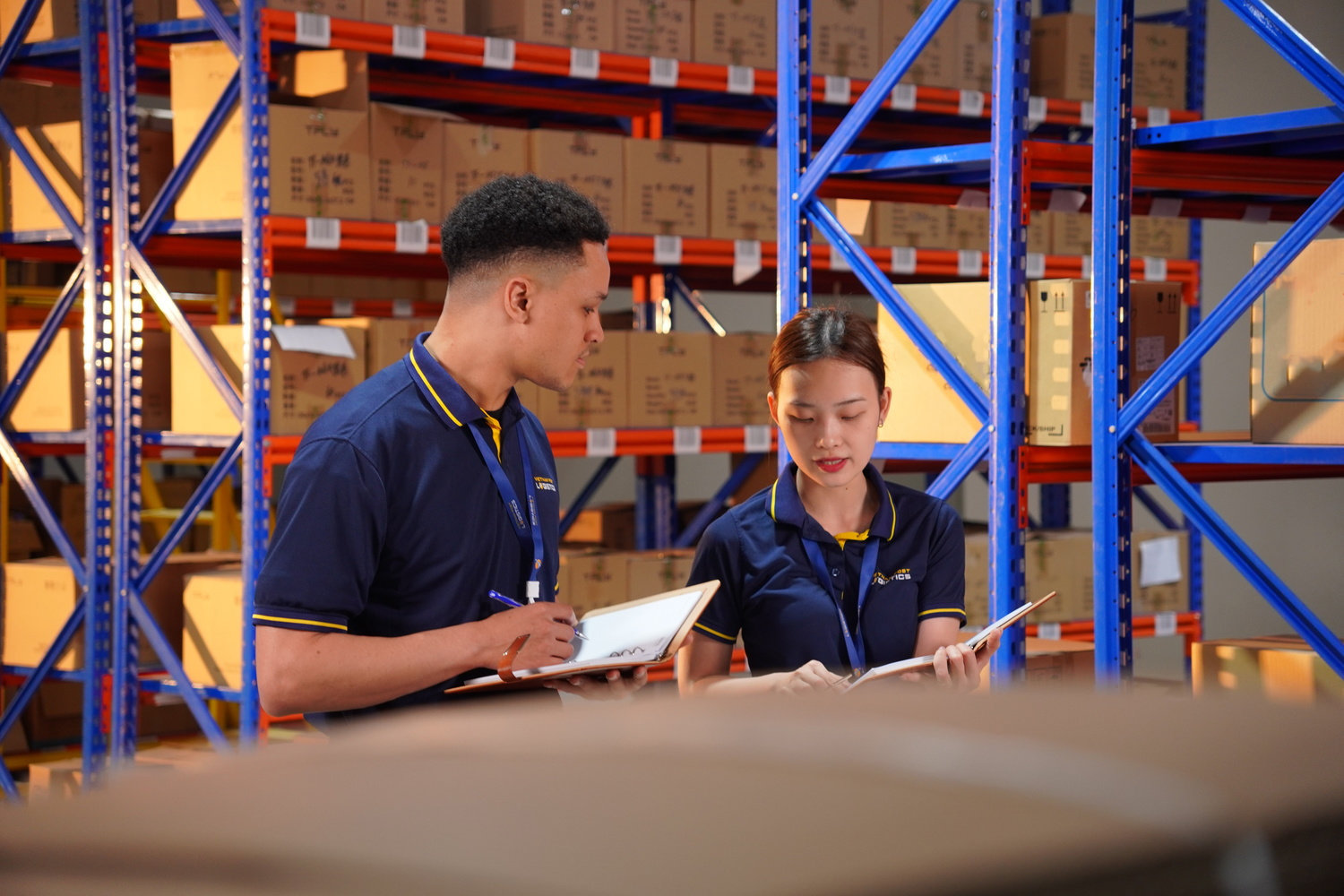
The answer depends on:
- Business size (startup, SME, or large brand?)
- Product type (temperature sensitive, fragile, need personalization?)
- Budget & growth goals
- Order frequency/day
Example:
| Business Type | Recommended Fulfillment Model |
|---|---|
| Individual E-commerce Startups | Dropshipping or partnering with a small 3PL provider |
| SMEs with Stable Growth | 3PL to optimize costs and focus on sales |
| Premium Brands | In-house fulfillment or high-end 3PL with customized services |
| Omnichannel Sellers | 3PL with a synchronized Order Management System (OMS) |
Some practical case studies:
- Tiki operates its fulfillment (TikiNOW Smart Logistics), controlling fast delivery within 2 hours.
- Lazada & Shopee use a combined 3PL model: a private warehouse, but operated by partners.
- Many small Facebook/Instagram sellers choose to dropship from Chinese sources, using intermediaries such as CJdropshipping, AliExpress.
Each fulfillment model has its advantages and disadvantages, suitable for different stages of development and types of business. There is no “best for all” model, but if you understand the characteristics of each model, you will make the right choice to help your business develop sustainably, optimize costs, and improve customer experience.
Hopefully, the above information will provide you with specific and detailed perspectives and contribute to your business strategy and the expansion of your business.
Please contact Vietnam Post Logistics’ comprehensive Logistics ecosystem if you need advice and use our superior services.






